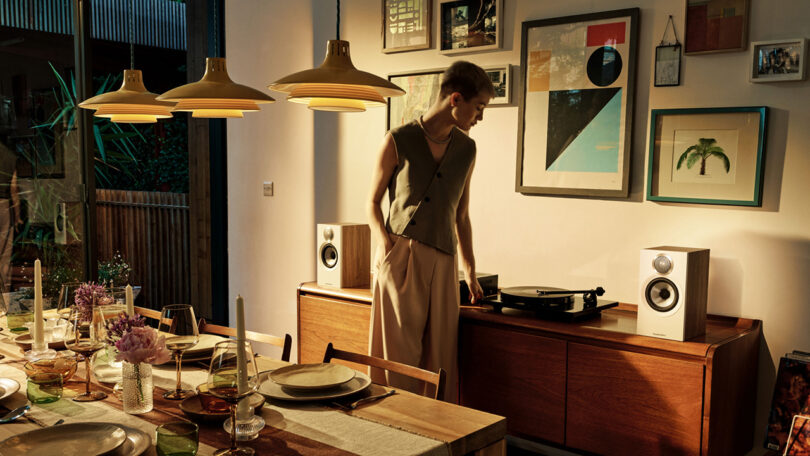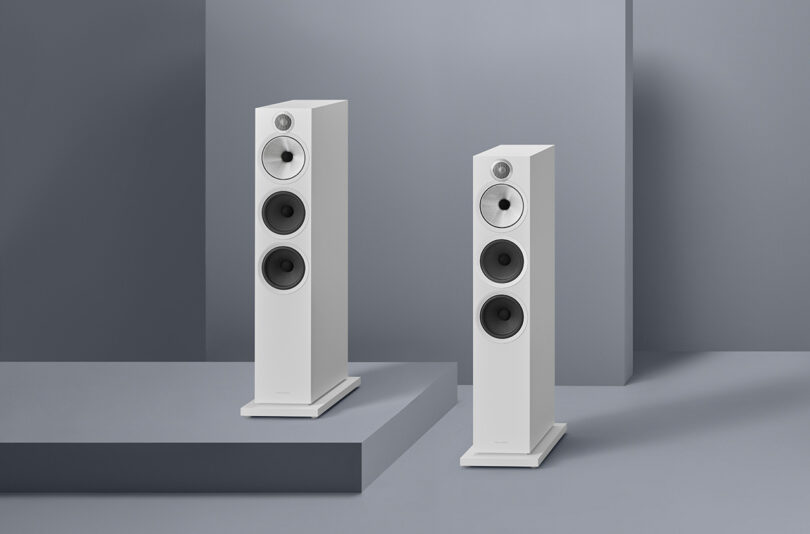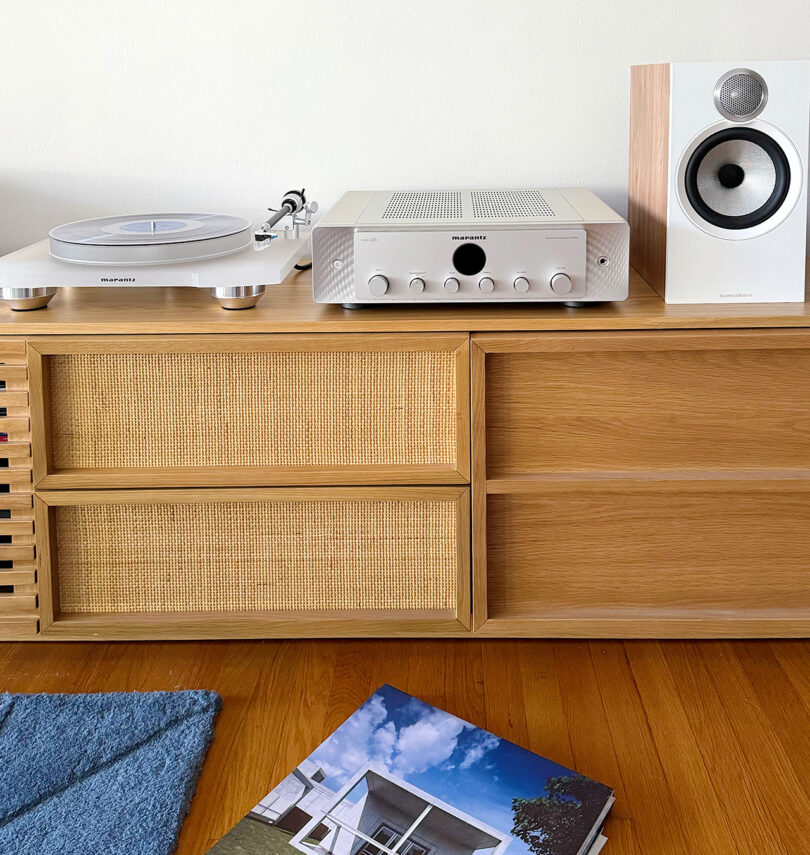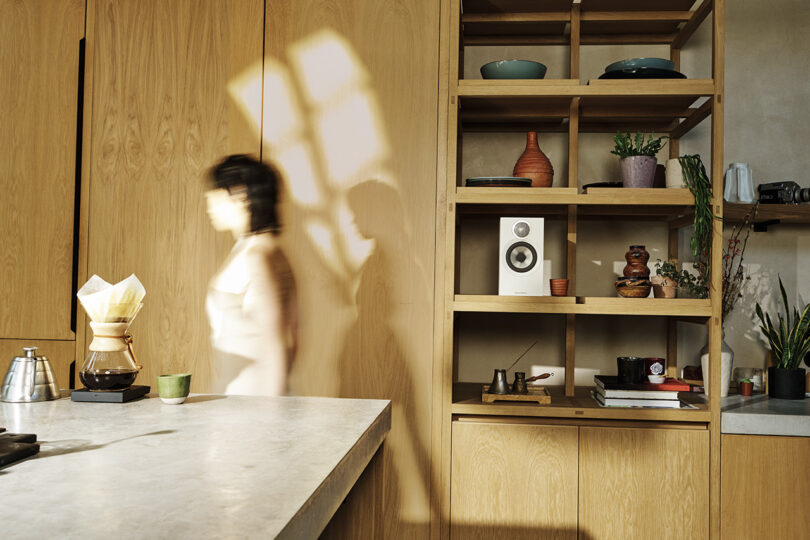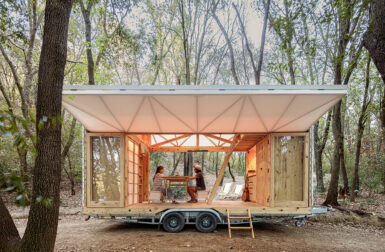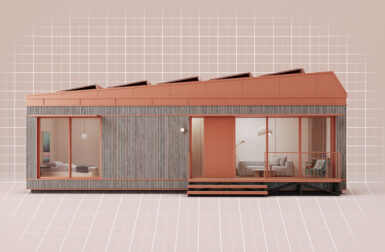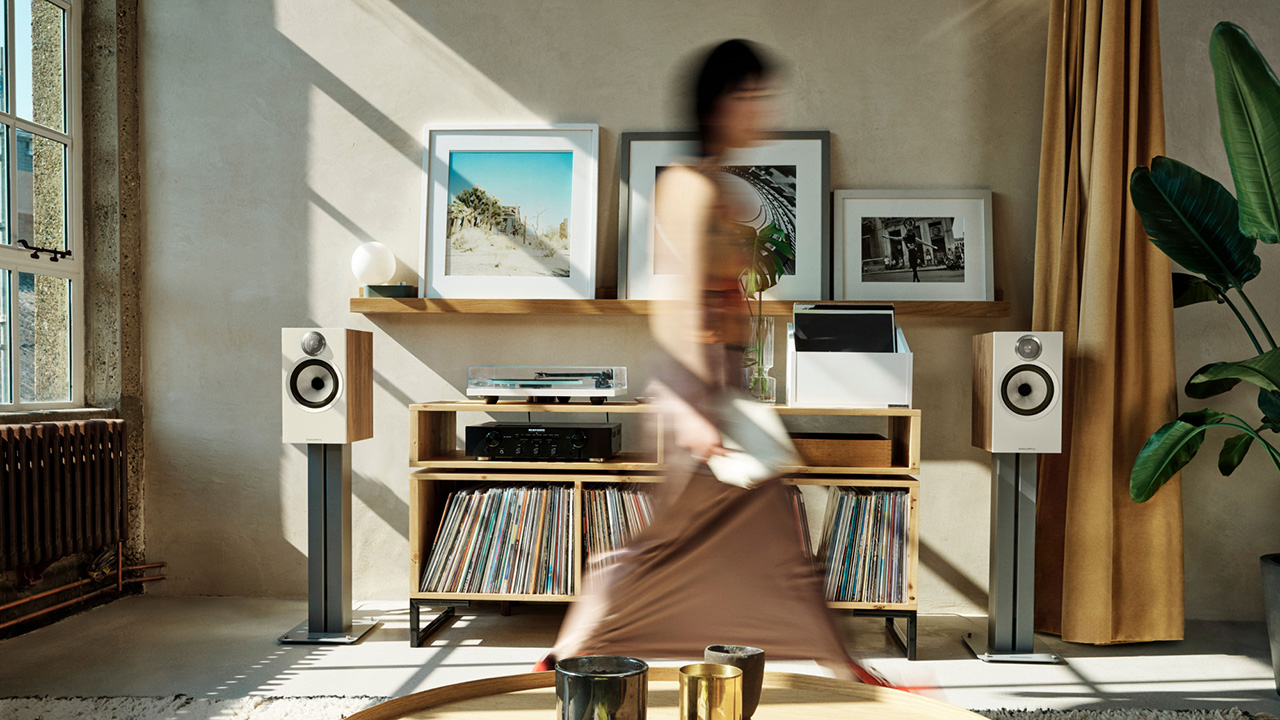
The expression “entry point” can sometimes feel dirty as if to imply affordability often comes at the expense of quality, performance, and design. But everyone has to start somewhere, especially when it comes to the rabbit hole of home audio. Thankfully, audio manufacturers like Bowers & Wilkins have taken note that there is an opportunity with younger music enthusiasts looking to get themselves a step up with systems from simple wireless options to more robust audio speakers and components. These customers tend to be music lovers who’ve been wooed back by the joys of nostalgic media and electronics via the vinyl resurgence – those who like to listen rather than merely hear. Bowers & Wilkins new 600 Series is reflective of these efforts in a new range presented in floor standing, stand mount, and bookshelf speakers alongside a dedicated center channel for a home theater designed to harmonize with living spaces.
To better understanding this evolving category of home audio aimed at music enthusiasts, we spoke with Bowers & Wilkins’ Andy Kerr, Director of Product Marketing & Communications, about how the brand engineered the 600 Series’ attainable entry point for aspiring audiophiles.
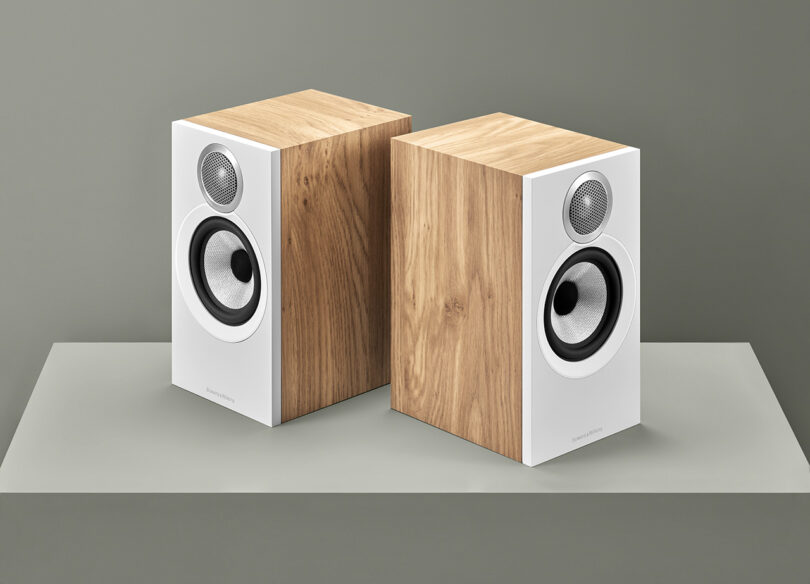
For many, speakers are valued as much for their appearance as they are for their sound, and the 606 S3’s clean, modern cabinet design – especially in white and oak – should age well beyond any trends with its timeless contemporary design.
What should someone be looking for in a quality loudspeaker?
The first aim of any loudspeaker cabinet is to be as mechanically quiet as possible – to not generate any unwanted sound when listening to music. By mechanically quiet, I mean unlikely to vibrate or generate unwanted noise from the cabinet in response to the movement of the drive units when in operation
Where does the 600 Series fall within other offerings from Bowers & Wilkins?
Naturally with the 600 Series – a much more affordable loudspeaker – we’re unable to use complex and expensive-to-manufacture materials, so we have to get creative. For example, if you step up to our 700 Series range, you benefit from high gloss paint finishes. But it’s important that you understand there’s an associated cost for that paint. With a 600 Series loudspeaker, we consciously choose not to offer that level of finish and put our focus instead on maximizing the loudspeaker’s performance.
How were you able to maximize performance while remaining affordably priced?
At Bowers & Wilkins, we strongly believe in honesty in materials and transparency in intent. The role of a 600 Series loudspeaker is to deliver the highest possible performance for the best possible value. Therefore, our focus for the cabinet design is on clean proportions and on simple honest materials that accurately convey its role and position within our portfolio.
What materials are used to construct the 600 Series and could you explain the reasoning behind those choices?
The cabinet of a 600 Series loudspeaker is made from MDF, and is inspired by the Matrix assembly used within our premium 800 Series Diamond. Note, the 800 Series Diamond are the same loudspeakers used at Abbey Road Studios and use higher cost materials due to their retail price. For example, the Turbine Head on top of our 801 D4 is 40 lbs of cast aluminum!
Even so, for the 600 Series we have been able to increase the stiffness of the overall cabinet by fitting an internal brace that pushes against the inside walls of the box to help control vibration. We rearranged the back of the cabinet to reduce the overall size of the cutout sections housing both the speaker terminals and speaker port. Essentially this means that there is more wood forming the back of the cabinet than with the previous generation, resulting in a substantial improvement to cabinet stiffness.

The most significant upgrade to the new 600 Series S3 is an all-new Titanium Dome tweeter derived from the brand’s pricier 700 Series S3, a two-part construction with a very thin, light, and rigid 25-micron main dome, braced by a second 30-micron titanium ring.
For the front of the cabinet, we have repositioned the location of the midrange and high frequency drive units to bring them closer together. This has a critical effect on what we call coherence. Essentially, the sound from a loudspeaker should arrive at your ears as one consistent and coherent piece of information. However, it is of course being generated in most cases by two loudspeaker drive units (and in some cases more.) Moving the two drive units closer together in space and time helps to create a more realistic and coherent sound.
Noting new audio enthusiasts may not have a room dedicated to listening, it’s welcome to see floor stands as an option for both the 607 S3 and larger 606 S3 bookshelf speakers.
Yes, for that purpose we have included threaded metal inserts in the bottom of the loudspeaker cabinet. This allows users to either securely bolt the bottom of the loudspeaker to a stand, which again helps to control vibration, or to screw in threaded speaker mounts that help it to perform better when positioned in a bookshelf.
By emphasizing clarity and dimension rather than volume alone, and designed thoughtfully to blend into modern home – reasonable prices start just under $1,000 for a pair of compact 607 S3 bookshelf speakers – the Bowers & Wilkins new 600 Series could be considered an audiophile’s entry point. But there is an argument to be made with the upgraded components derived from B&W’s more expensive 700 Series S3. Alongside the redesigned and improved cabinet construction, the four models representing the 600 Series are good enough to be considered a worthy destination than merely the “first step” as Bowers & Wilkins describes their loudspeakers.
Design Milk got to audition a pair of 606 S3 ourselves and found the loudspeakers embodying the epitome of a “small, but mighty” presence. Whether set on stands or on a shelf, the 606 S3s produce a surprisingly realistic stereo sound – a presentation we’d describe as clear rather than achingly crisp that some bookshelf speakers are prone to reveal when pushed. This is especially true when paired with capable components such as the Model 40n integrated stereo amplifier and Marantz TT-15S1 turntable, but also satisfying with the more modest specs like our own budget-friendly, Pro-Ject Debut Carbon EVO and Sprout phono preamplifier setup.
Many thanks to Andy Kerr and Bowers & Wilkins! For further information about specs, pricing, and availability of the 600 Series, go check out the collection at Bowers & Wilkins.
This post contains affiliate links, so if you make a purchase from an affiliate link, we earn a commission. Thanks for supporting Design Milk!












